Table of Contents
Possessive adjectives are essential words in English that are used to show ownership or relationships between people, places, or things. They include words like my, your, his, her, its, our, and their. Unlike possessive pronouns, possessive adjectives always come before a noun to indicate who owns or possesses something.
For example, in my book, the word my tells us the book belongs to the speaker. Understanding possessive adjectives is crucial for clear communication, ensuring that sentences convey exactly who or what owns the subject being discussed.
What is a Possessive Adjective?
A possessive adjective is a word that shows ownership or belonging.
Example Words: My, Your, His, Her, Its, Our, Their
Example Sentences:
This is my book.
My book is on the table.
This is her pencil case.
Possessive adjectives are placed before a noun to clarify ownership or connection. For example, in the sentence “This is my book,” my tells us who the book belongs to.

Possessive Adjectives vs. Possessive Pronouns
Possessive Adjectives
Possessive adjectives are used to describe a noun and show ownership. They modify a noun by providing information about to whom it belongs.
Common possessive adjectives include: my, your, his, her, its, our, and their.
- This is my book.
- They are our friends.
Possessive Pronouns
Possessive pronouns replace nouns and also indicate ownership. Unlike possessive adjectives, they do not need to be followed by a noun because they already stand in for one.
Common possessive pronouns include: mine, yours, his, hers, its, ours, and theirs.
- This book is mine.
- Those friends are theirs.
Possessive Adjectives Examples
- My car is parked in the garage.
- Sarah forgot her keys at home.
- The dog wagged its tail happily.
- We enjoyed our time at the beach.
- Your book is on the table.
- John is proud of his accomplishments.
- The children played with their toys all afternoon.
- Her phone rang during the meeting.
- His jacket is hanging by the door.
- We need to finish our project by tomorrow.
- Is this your umbrella?
- The cat found its way back home.
- They completed their homework before dinner.
- She loves spending time with her friends.
- My laptop is much slower than yours.
These sentences demonstrate how possessive adjectives clarify ownership or relationships.
4 Key Rules for Using Possessive Adjectives
- Always Before the Noun
Possessive adjectives always come before the noun they describe.
This is my car. ✅
This is car my. ❌ - Match the Possessor, Not the Object
The adjective agrees with the owner, not what’s owned.
She loves her dog. ✅
She loves his dog. ❌ - Cannot Stand Alone
A possessive adjective must be followed by a noun.
That is my bag. ✅
That is my. ❌ - Reflects the Number of Owners, Not Objects
The adjective changes by who owns, not how many things are owned.
I lost my keys. ✅
We lost our keys. ✅
You May Also Like

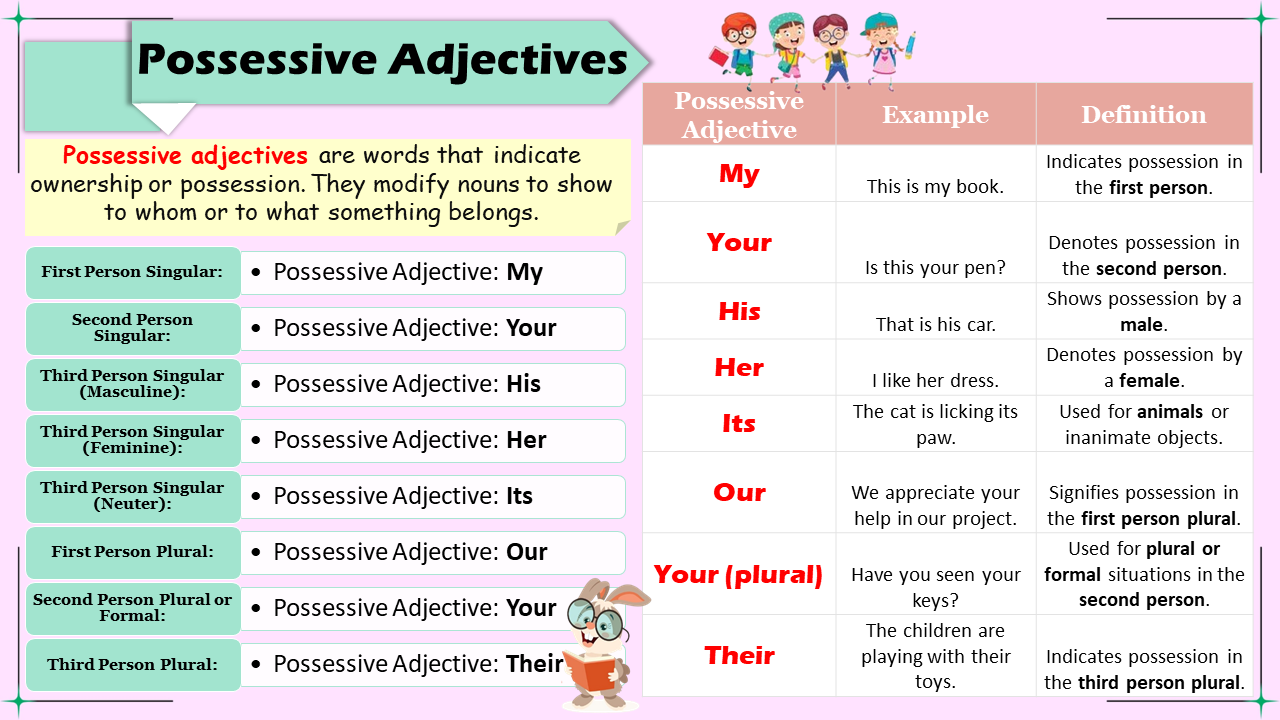
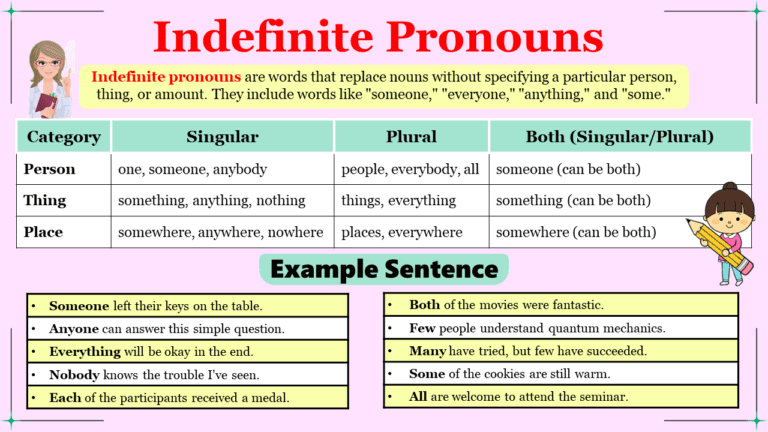
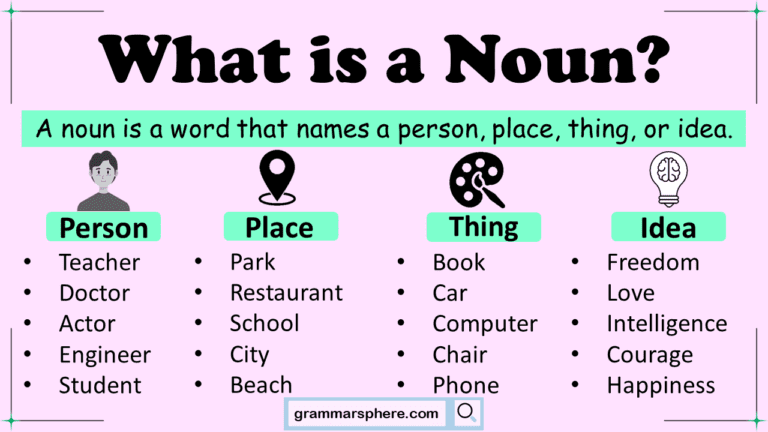
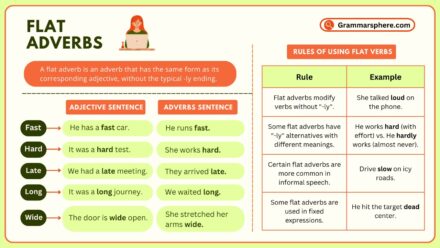
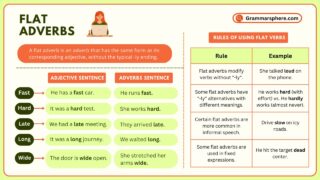

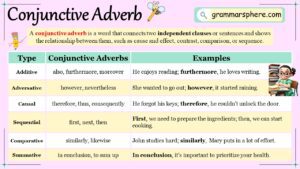
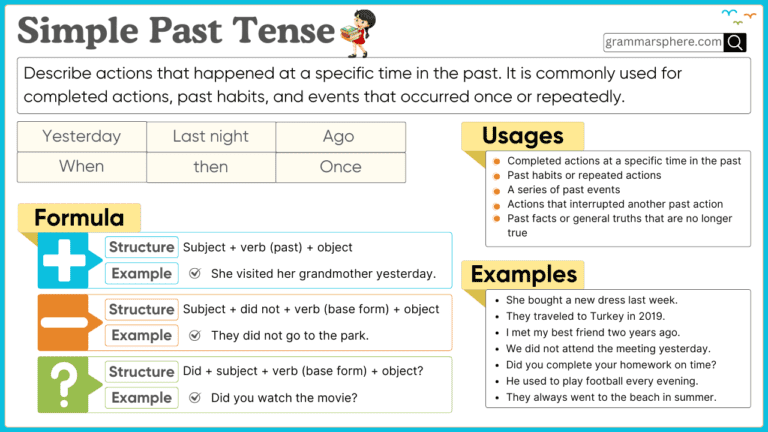
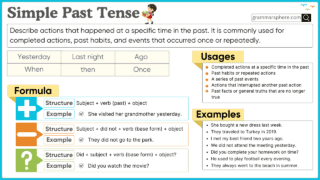
Leave a Comment